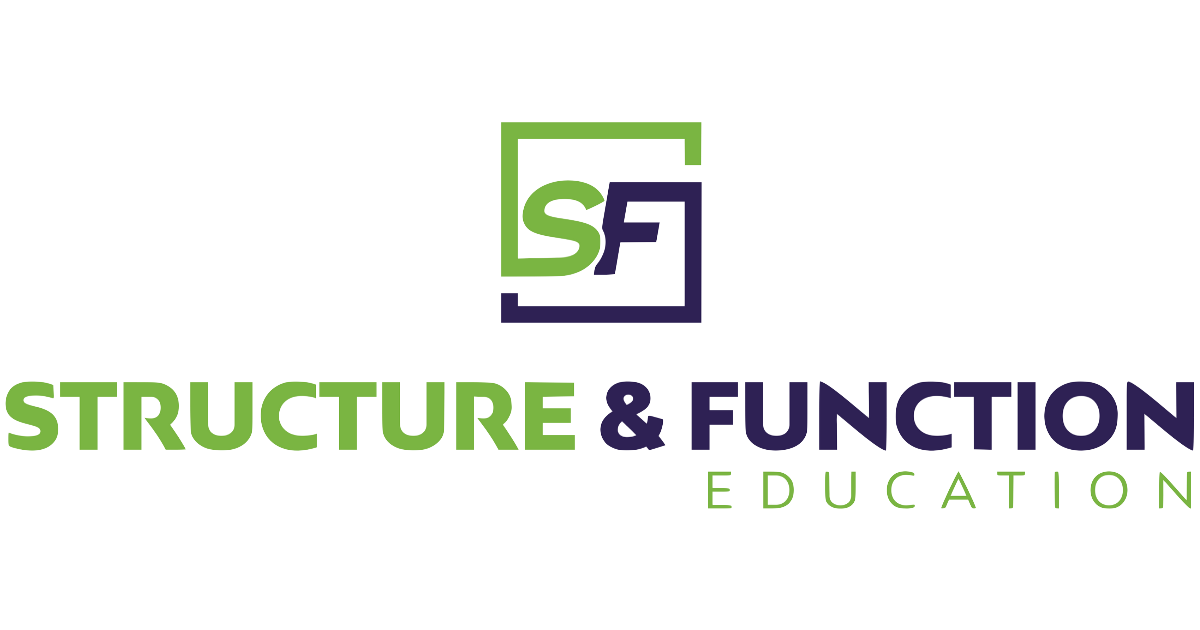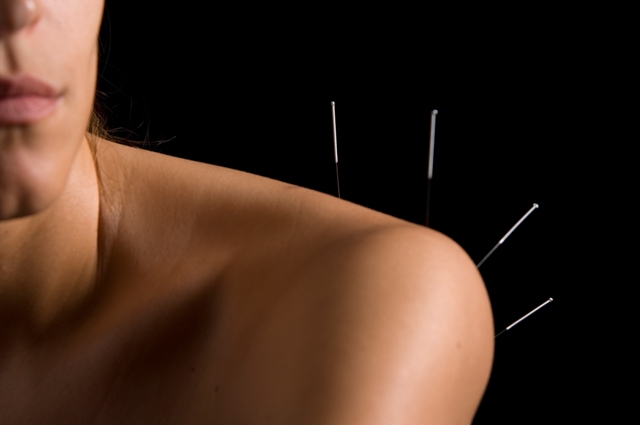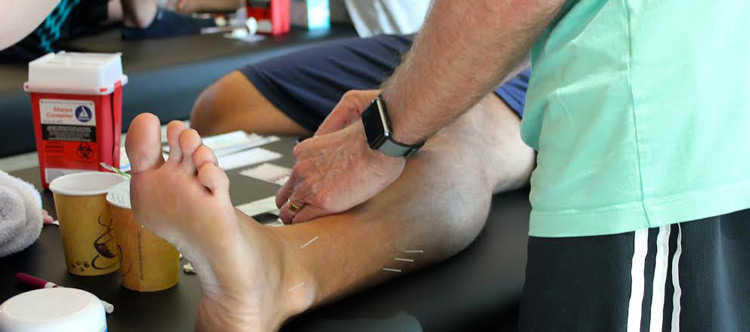Neuromuscular Control and Rehabilitation
A Comprehensive Approach to Sports-Related Injuries
Neuromuscular Control and Rehabilitation: Bridging the Gap Chapter 5
In the dynamic realm of sports, effective rehabilitation is not solely concerned with the healing of injuries; it is also about transforming athletes into elite performers. Drawing from Sue Falsone’s Book, “Bridging the Gap between Rehabilitation and Performance,” this blog explores the critical role of neuromuscular control and rehabilitation in the continuum of recovery and performance. Falsone underscores that a comprehensive approach that comprehends the complexities of the nervous and muscular systems is necessary to transition from rehabilitation to peak athletic performance. In this blog, I will investigate how restoring neuromuscular control facilitates recuperation from sports-related injuries and improves athletic performance, bridging the frequently disregarded gap between rehabilitation and competitive success.
The effective management of neuromuscular control is of paramount importance for the optimization of athletic performance and the facilitation of injury prevention. This intricate interaction between the nervous and muscular systems governs coordinated movement, balance, and postural stability. Sports-related injuries frequently disrupt this control, thereby necessitating targeted rehabilitation strategies to restore functionality and avert recurrence. This article will examine the fundamental principles of neuromuscular control, underscoring the critical transition from rehabilitation to performance as delineated in Falsone’s (2020) work, “Bridging the Gap between Rehabilitation and Performance,” particularly in Chapter 5, which addresses neuromuscular control. In addition, we will investigate the impact of injuries on this system and discuss evidence-based rehabilitation techniques, integrating insights from Frank et al. (2013)1 regarding Dynamic Neuromuscular Stabilization (DNS), Zemková & Zapletalová (2022)7 concerning the role of neuromuscular control in achieving postural and core stability, and Sahrmann et al. (2017)8 on Movement System Impairment (MSI) syndromes.
Understanding Neuromuscular Control
Neuromuscular control involves the intricate integration of sensory feedback, central nervous system processing, and precise muscle activation. This complex process depends on sensory receptors located in muscles (muscle spindles), tendons (Golgi tendon organs), and joints, which provide continuous feedback regarding body position and movement. The central nervous system (CNS) processes this information, generating finely tuned motor commands that facilitate coordinated muscle contractions. Efficient neuromuscular control is essential for the execution of dynamic movements, the maintenance of balance, and the prevention of injuries.3 Zemková and Zapletalová (2022) emphasize the critical importance of this control, not only in isolated movements but also in the overarching context of postural and core stability, which are particularly significant in sports that require substantial balance and trunk control.7
The Impact of Sports-Related Injuries on Neuromuscular Control
Common sports injuries, including anterior cruciate ligament (ACL) tears, ankle sprains, and shoulder injuries, considerably hinder neuromuscular control.1 These injuries lead to pain, inflammation, and modifications in proprioception, which induce compensatory movement patterns that culminate in instability, increased stress on adjacent structures, and an elevated risk of re-injury. The neurological ramifications include alterations in muscle activation patterns, reduced strength, and impaired balance and coordination.7 The body’s inherent ability to anticipate and react to movement demands is compromised, underscoring the necessity for rehabilitative interventions designed to restore neuromuscular control.
Rehabilitation Strategies for Enhancing Neuromuscular Control
Effective rehabilitation commences with a thorough assessment of neuromuscular control, employing clinical evaluations and functional movement screenings to identify specific deficits.1,7,9 Rehabilitation strategies focus on the restoration of both stabilizing and dynamic functions of muscles within the kinetic chain, incorporating principles from a variety of techniques. The potential targets include:
Progressive Resistance Training (PRT)
PRT is fundamental for restoring strength and muscle activation.3 Gradual increases in resistance promote muscle hypertrophy and neuromuscular adaptations. However, as emphasized by Frank et al. (2013) and Zemková & Zapletalová (2022), PRT must be integrated within a broader strategy to restore whole-body control, accounting for the kinetic chain’s interdependence.1,7,9
Balance and Proprioception Training
Restoring proprioception is crucial. Exercises using balance boards, wobble cushions, and single-leg stances challenge stability, promoting adaptations in stabilizing muscles.2-5 Zemková & Zapletalová (2022) point to the importance of balance training, particularly in sports that demand high levels of postural stability.7,9
Functional Movement Patterns
Rehabilitation progresses to sport-specific functional movements, allowing athletes to regain confidence and prepare for a return to competition.1,7 Training encompasses strength, balance, speed, and agility, mirroring the demands of their specific sport.
Neuromuscular Re-education Techniques
Techniques like electrical stimulation and biofeedback enhance muscle activation and improve motor patterns, especially when voluntary control is limited.1 Biofeedback provides real-time feedback on muscle activity, fostering conscious control and proper motor recruitment.9
Movement System Impairment (MSI) Approaches
A Clinical Approach to Diagnosis and Treatment: The preceding sections have underscored the significance of neuromuscular control in enhancing athletic performance and facilitating rehabilitation processes.8 This clinical framework, referred to as Movement System Impairment (MSI) syndromes, provides a pragmatic application of these principles for the diagnosis and treatment of musculoskeletal disorders. Developed by Shirley Sahrmann and her associates, the MSI approach prioritizes the underlying causes of musculoskeletal pain, specifically impaired movement patterns and prolonged, suboptimal joint positions, rather than solely concentrating on the pathoanatomical origins (e.g., tendinopathy). This transformative perspective closely aligns with the holistic understanding of neuromuscular control that has been previously articulated, thereby illuminating the interconnectedness of the entire kinetic chain.8
Kinesiopathologic Model (KPM)
The MSI approach stems from the kinesiopathologic model (KPM), which posits that repetitive movements and sustained postures can induce musculoskeletal pathology.8 The KPM considers various factors that can influence the development of MSI syndromes:
- Inducers: Repetitive movements and sustained alignments during daily activities.
- Modifiers: Individual characteristics (age, gender, tissue mobility, anthropometrics), activity level, and psychological factors.
- Tissue Adaptations: Relative stiffness and flexibility resulting from the cumulative effects of the inducers and modifiers. These adaptations, not simply the injury itself, are seen as the key targets for treatment.
Diagnosis and Classification: The examination of Musculoskeletal Impairment Syndromes (MSI) entails a systematic evaluation of joint alignments and movements to identify impairments that either elicit or exacerbate symptoms.8 Classifications into specific MSI syndromes are conducted for various anatomical regions, including the cervical, thoracic, and lumbar spine; shoulder; elbow; wrist and hand; hip; knee; and foot and ankle. Distinct movement patterns and postures delineate each syndrome. The reliability and validity of MSI classification have been partially substantiated, with research indicating commendable inter-rater reliability among experienced clinicians.
Treatments involves:
- Patient Education: Informing the patient about the connection between their movement patterns, sustained postures, and their symptoms.
- Activity Modification: Guiding the patient in correcting impaired alignments and movements during daily activities.
- Targeted Exercises: Prescribing exercises that address specific impairments identified during the examination.
The efficacy of the MSI treatment approach has been shown in case studies. Still, it has not been thoroughly evaluated in randomized controlled trials, except for individuals with chronic low back pain.8 Nonetheless, this approach is valuable as it provides a comprehensive, patient-centered framework for diagnosing and treating musculoskeletal pain, directly addressing the neuromuscular imbalances underlying many of these conditions.
The Dynamic Neuromuscular Stabilization (DNS) Approach
Frank et al. (2013) strongly endorse the DNS approach, rooted in developmental kinesiology.1 DNS focuses on restoring the integrated spinal stabilizing system (ISSS) and regulating intra-abdominal pressure (IAP). Exercises mimic natural developmental movement patterns to reinstate ideal postural control and movement. Assessment in this paradigm analyzes the coordination of stabilizing muscles and the interaction between the respiratory system and postural control, focusing on appropriate diaphragm function.6 Functional tests like the seated diaphragm test help identify weaknesses in the ISSS and IAP regulation.1 This aligns with Zemková & Zapletalová’s (2022) emphasis on the functional relationship between postural and core stability and athletic performance.7
Preventative Measures and Future Directions
Neuromuscular training programs significantly reduce injury risk. 1,7 Proactive strategies emphasizing balance, agility, and core strength are essential. Future research should focus on personalized rehabilitation tailored to individual neuromuscular profiles, potentially leveraging advancements in wearable technology for detailed monitoring and feedback.1,7 Virtual reality technology provides a promising avenue for the safe and immersive practice of movement patterns. Zemková & Zapletalová (2022) specifically call for more research to better define and measure the relationship between postural and core stability and to better understand how these relate to sport-specific performance and functional movements, particularly in sports with high demands on these attributes.7
Conclusions
Comprehensive rehabilitation strategies integrating neuromuscular control are paramount for effective recovery from sports-related injuries and a triumphant return to athletic performance. As highlighted by Falsone (2020), effectively bridging the gap between rehabilitation and performance requires a holistic approach that addresses the restoration of tissue integrity and the optimization of neuromuscular control and movement efficiency. This includes restoring proper joint mechanics, enhancing proprioception, and developing effective movement strategies. The DNS approach (Frank et al., 2013), the principles of postural and core stability (Zemková & Zapletalová, 2022), and the MSI syndrome approach (Sahrmann et al., 2017) provide valuable frameworks for achieving these goals. However, the ultimate aim is to translate these improvements into functional performance and reduce future injury risk. We highly recommend Sue Falsone’s book, “Bridging the Gap Between Rehabilitation and Performance”. Should you wish to purchase this book and access chapters as I continue to explore this book chapter by chapter, please purchase from our publisher following link for a more comprehensive understanding of this transition from rehabilitation to performance. This resource provides many practical strategies and insights for clinicians and athletes alike.
Structure and Function Education offers many continuing education opportunities. We started with teaching dry needling but offer courses in Fascial Manipulation, Joint Manipulation and rehabilitation courses following Sue’s book Bridging the Gap: From Rehab to Performance. View our upcoming in-person courses or visit our online education portal.
References
- Frank, C., Kobesova, A., & Kolar, P. (2013). Dynamic neuromuscular stabilization & sports rehabilitation. The International Journal of Sports Physical Therapy, 8(1), 62–73.
- Hodges, P. W., & Gandevia, S. C. (2000). Activation of the human diaphragm during a repetitive postural task. Journal of Applied Physiology, 88(1), 165–175.
- Hodges, P. W., Eriksson, A. E., Shirley, D., et al. (2005). Intra-abdominal pressure increases stiffness of the lumbar spine. Journal of Biomechanics, 38(9), 1873–1880.
- Hodges, P. W., Gandevia, S. C. (2000). Changes in intra-abdominal pressure during postural and respiratory activation of the human diaphragm. Journal of Applied Physiology, 89(3), 967–976.
- Hodges, P. W., Heijnen, I., & Gandevia, S. C. (2001). Postural activity of the diaphragm is reduced in humans when respiratory demand increases. Journal of Physiology, 537(Pt 3), 999–1008.
- Kolar, P., Sulc, J., Kyncl, M., et al. (2010). Stabilizing function of the diaphragm: dynamic MRI and synchronized spirometric assessment. Journal of Applied Physiology, 109(4), 1064–1071.
- Zemková, E., & Zapletalová, L. (2022). The role of neuromuscular control of postural and core stability in functional movement and athlete performance. Frontiers in Physiology, 13, 796097.
- Sahrmann, S., Azevedo, D. C., & Van Dillen, L. (2017). Diagnosis and treatment of movement system impairment syndromes. Brazilian Journal of Physical Therapy, 21(6), 391–399.
- Zech A, Hübscher M, Vogt L, Banzer W, Hänsel F, Pfeifer K. Balance training for neuromuscular control and performance enhancement: a systematic review. J Athl Train. 2010 Jul-Aug;45(4):392-403. doi: 10.4085/1062-6050-45.4.392. PMID: 20617915; PMCID: PMC29





